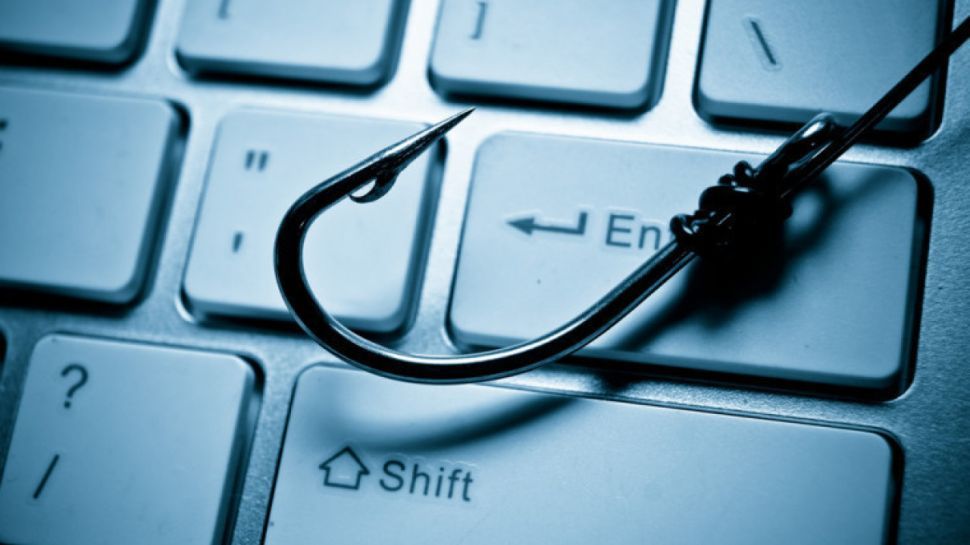The FDA’s Approach to Covid-19 Is a Bloody Mess
President Trump announced a “new” treatment for Covid-19 on Sunday, just in time for the start of the Republican National Convention. From now on, per a new Emergency Use Authorization from the US Food and Drug Administration, hospitals can more easily order transfusions of Covid-19 convalescent plasma—a blood product using donations from recovered patients, and containing disease-specific antibodies. “It has been proven to reduce mortality by 35 percent,” Trump claimed. “It’s a tremendous number.”
FDA commissioner Stephen Hahn added his support. “I don’t want you to gloss over this number,” he told the press. “What that means is—and if the data continue to pan out—[out of] 100 people who are sick with Covid-19, 35 would have been saved because of the administration of that plasma.”
Trump and Hahn were right about one thing: This would be tremendous, if only it were true. It’s not.
In fact, as WIRED’s Adam Rogers wrote on Sunday, nothing has been proven on this topic: There haven’t yet been results from any decent-size, randomized controlled trials of convalescent plasma, so no one can say for sure whether it offers any benefits at all. But it’s somehow even worse than that: Trump’s number—the purported reduction in mortality—is even wrong on its own terms.
But let’s not jump ahead. To understand the disturbing implications of this moment for the FDA, it’s helpful to retrace some recent steps. It was Hahn, the FDA commissioner, who kicked this issue into overdrive on July 30. That’s when he called on people who have recovered from Covid-19 to donate their plasma: “You can literally save lives,” Hahn claimed, even though he couldn’t back that up with evidence, as the government launched an $8 million publicity campaign. The accompanying press release made it clear to all that a clock was ticking: “The Trump administration is imploring Americans … to dramatically increase donations of convalescent plasma by the end of August,” it said.
We learned more about what had been going on behind the scenes on August 1, at a seminar at the Mayo Clinic. Peter Marks, the head of the FDA section responsible for drug authorizations and approvals, filled in the backstory. From early on in the pandemic, the FDA had been overwhelmed by doctors making applications to use convalescent plasma on individual patients. Instead of pulling out the stops to enable a large clinical trial to get reliable data quickly, the agency asked the Mayo Clinic to set up and coordinate an Expanded Access Program and gather safety information. As the plasma became widely available through this program, and outbreaks shifted around the country, existing clinical trials ran into trouble: Few were willing to take a chance on being randomized into the control arm of a study, when the treatment was quite accessible.
By the start of August, though—and despite the dearth of trial data—Peter Marks was clearly convinced both that convalescent plasma was safe to use and that what he called “the totality of evidence” suggested it had real benefits for patients. What made him so confident? He cited four lines of research: First, studies of the use of convalescent plasma in prior outbreaks of disease, including influenza; second, related studies using animals with Covid-19; third, the small clutch of published studies involving human Covid-19 patients; and fourth, an analysis of data from the Mayo Clinic, based on 35,000 of the patients who had participated in the Expanded Access Program. These all pointed in the same direction, he said, and added up to make a compelling case for convalescent plasma.
The Mayo study was pivotal and ended up being the source for the president’s whopper-claim on Sunday that the treatment is “proven to reduce mortality by 35 percent,” and the follow-up from the White House director of communications, claiming that this benefit might, in fact, be as high as 50 percent. (“These are REAL American lives that will be saved,” she tweeted.) But of course, the Mayo study couldn’t prove that.


